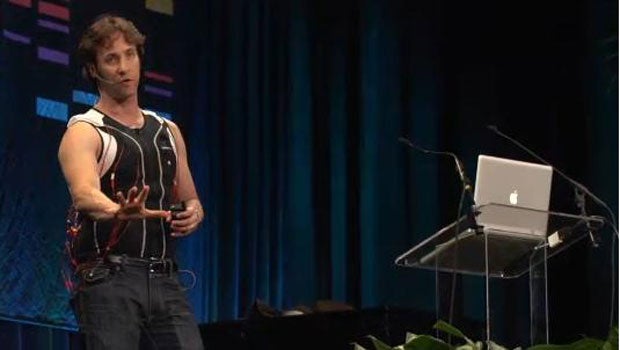Vest is a wearable that lets the deaf hear again

Wearable gadgets have so far extended the reach of the mobile phone, but this vest promises a lot more than that – it can help the deaf hear again.
It does this by communicating sound to the brain using the sense of touch. This is known as sensory substitution, an idea which has been around since the 1960s.
The Vest works by taking in sound using microphones on your mobile, and compressing it in real-time. It then sends the sound via Bluetooth to the vest, which performs sound-to-touch mapping, and vibrates in a certain way depending on the sound.
The researchers behind the Vest estimate that it takes about two to three weeks for the wearer to learn how to interpret the audio through the vibrations.
They’ve made a working prototype that weighs 4-5kg and that can be worn under clothes at all times. It’s comfortable enough to wear for extended periods, too.
It’s much cheaper than the nearest equivalent, cochlear implants, which could make it viable to distribute widely in developing countries. It’s also discrete, and is something the wearer can take off when they want.
It also heralds what could be the start of an exciting new phase in feeding sensory information to our brains. The makers claim we could one day be fed Twitter, stock market values, the weather, and more information through similar methods as the vibrating Vest.
At time of writing, the people behind it had raised almost half of their funding goal, and still had 27 days to go. You can pledge your support now on its
Kickstarter page
. Pledge $3,000 or more, and you’ll get your very own Vest, with delivery expected in May next year.
Read more:
Epson Pulsense launched as new fitness wearable

